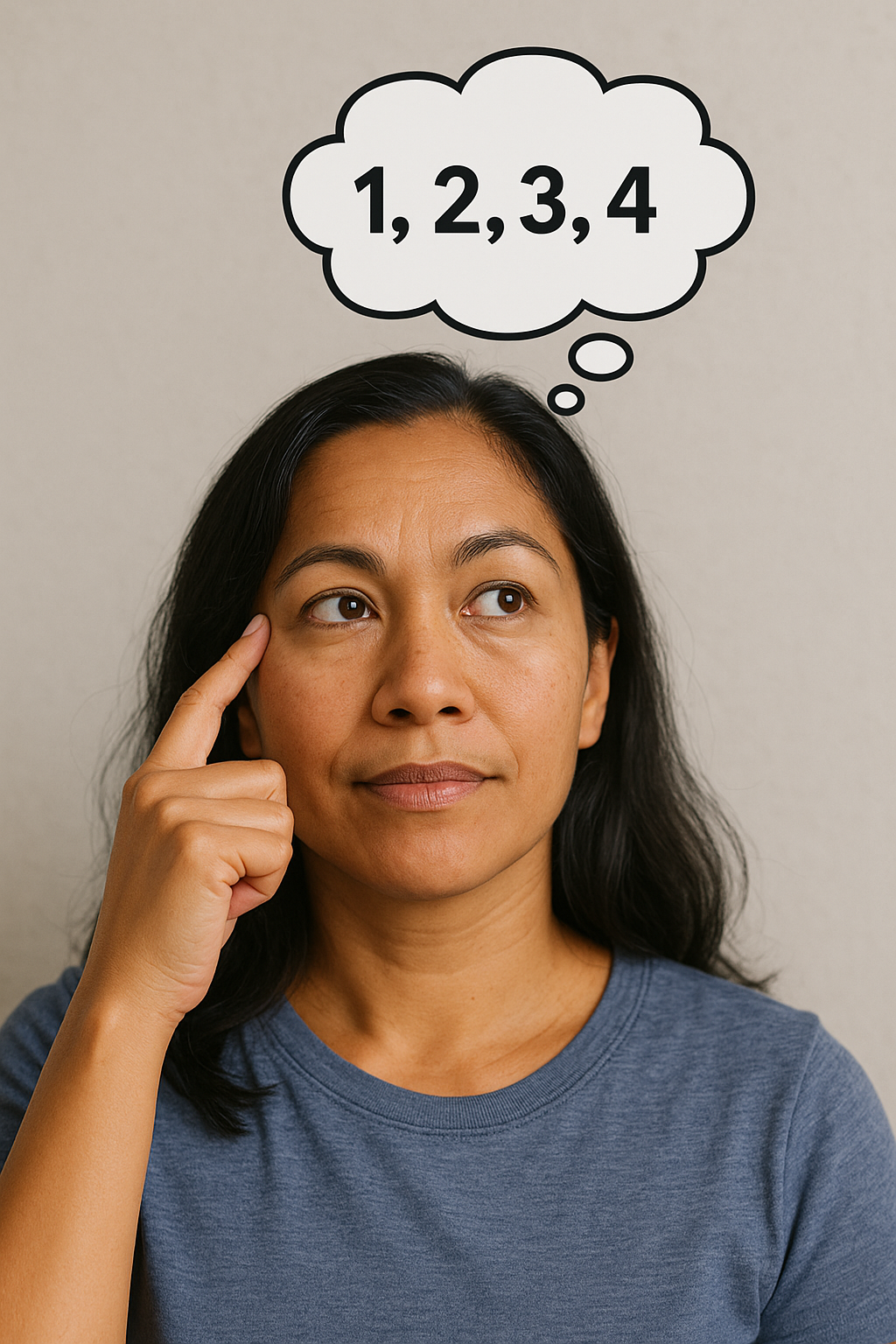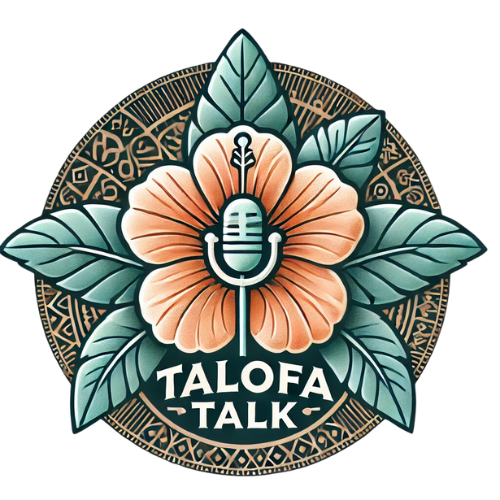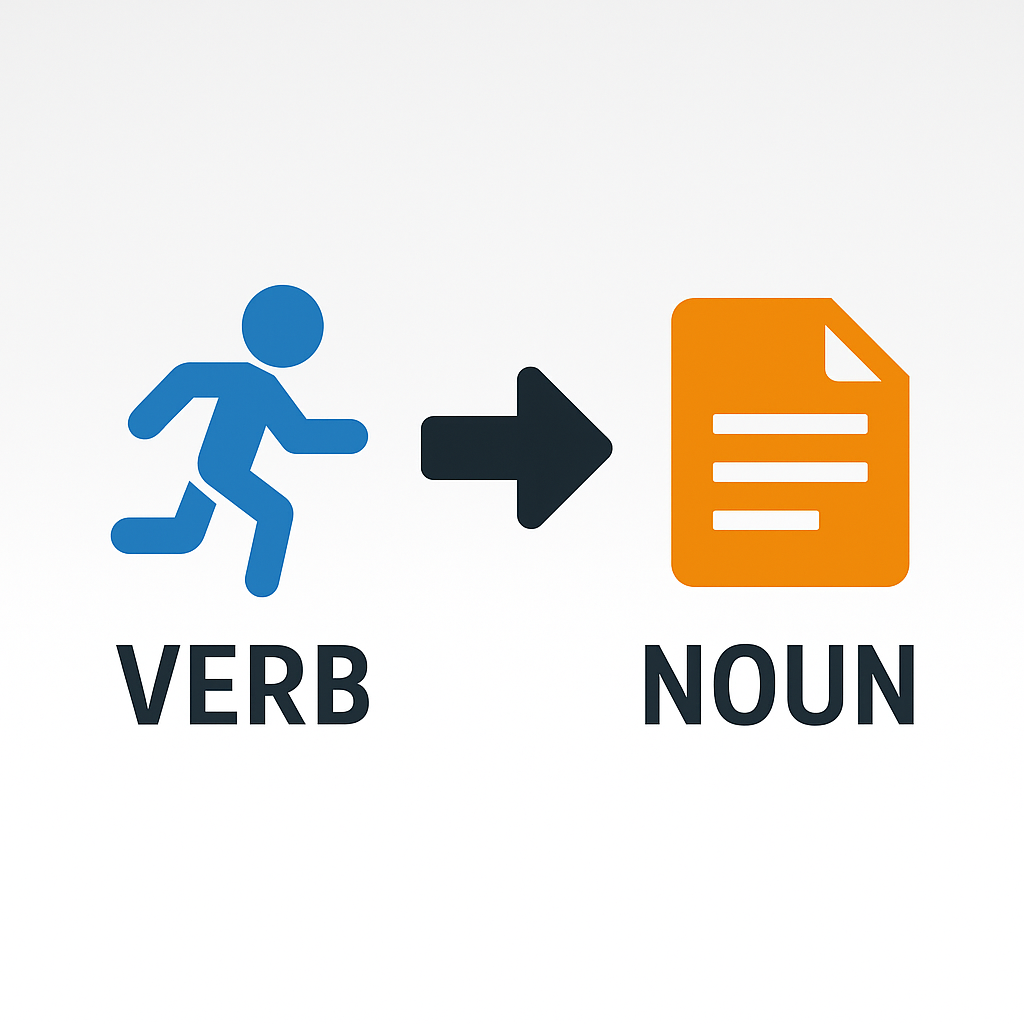Counting in Samoan: More Than Just Numbers
Learning to count in Samoan isn’t just about memorizing words – it’s about building confidence in using the language in everyday life. Numbers are everywhere: the time on your clock, the steps you walk, the sets in your workout, or even the fruits you pick from your garden. By weaving Samoan numbers into daily routines, you create natural opportunities to practice and reinforce what you’ve learned.
The Basics of Counting
In Samoan, the numbers 1 through 10 are the foundation:
- Tasi – 1
- Lua – 2
- Tolu – 3
- Fa – 4
- Lima – 5
- Ono – 6
- Fitu – 7
- Valu – 8
- Iva – 9
- Sefulu – 10
From there, numbers build in patterns. For example, 11 is sefulu tasi (ten one), 12 is sefulu lua (ten two), and so on. Once you know the base numbers, you can combine them easily to count as high as you need.
Everyday Reinforcement
The key to making these numbers stick is repetition in real contexts. Instead of drilling numbers in isolation, attach them to meaningful activities. Here are some simple but powerful methods:
- Counting Steps – Next time you walk up or down stairs, count each step in Samoan. If you walk for exercise, count your strides for a short distance. This links movement and rhythm to the language.
- Workout Repetitions – When doing push-ups, squats, or stretches, count your reps in Samoan. Physical activity paired with language creates strong memory connections.
- Daily Routines – Count everyday items around you: the number of apples you put in a bag, the number of chairs at your table, or even the minutes while you brush your teeth.
- Games With Kids – If you’re teaching children, play hide-and-seek and count out loud in Samoan while giving them time to hide. They’ll quickly catch on and start using the numbers themselves.
- Cooking Practice – When measuring ingredients, say the numbers in Samoan as you scoop cups of flour or teaspoons of sugar. This way, the language becomes part of something you’re already doing.
Tips for Success
- Start Small – Focus on 1–5 until they feel natural, then expand.
- Use Visuals – Write numbers on sticky notes and put them on objects in your house.
- Say It Out Loud – Don’t just think the numbers; speak them so your tongue and ears learn together.
- Be Consistent – A few minutes every day is better than one long session once a week.
Why It Matters
Numbers are universal, but learning them in Samoan gives you a doorway into everyday communication. Whether you’re greeting family, shopping at the market, or playing with children, counting is one of the quickest ways to start using the language with confidence.
So today, try counting something simple – the steps to your car, the sips of water you take, or the books on your shelf. Before long, you’ll find the rhythm of Samoan numbers becoming second nature.





